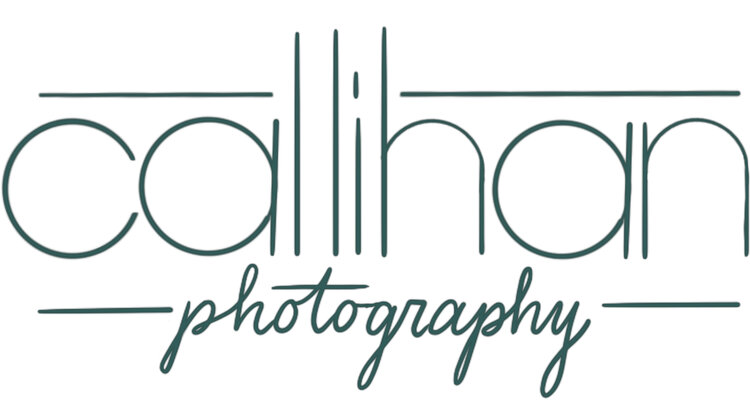You might ask, why is white balance important? Adjusting your white balance correctly in camera will give you more natural colors, and therefore be easier to handle during post processing. Proper white balance will help you achieve perfect skin tones, and fight color casts. If you don’t know what color casts are you can refer back to this blog I wrote earlier. As you train your eye through practice and persistence you will begin to notice the glaring importance of white balance. There are a few different ways of handling your white balance. The first is:
Auto
This is where your camera automatically adjusts the white balance for you. In this setting the camera is giving you what it believes to be the best results. Auto white balance can be a good place to start, but it doesn’t always give you accurate result, especially in difficult lighting situations. You can fine tune your auto white balance in most full framed cameras by adjusting the settings to shoot either warmer or cooler. Shooting in auto is good in those circumstances (like a wedding) where the light is continually changing (such as moving from room to room) and you don’t have time to adjust it manually. The second is:
White balance preset
You can adjust the white balance preset to accommodate the specific type of light that you are in. There are normally 6 different settings including: Tungsten, Florescent, Daylight, Cloudy, Flash and Shade. You can also set your white balance by using a gray card or an expo disc. These are good to use if you’re not sure how to use Kelvin. When I first started out, I used an expo disc. It was a good tool to help me achieve the perfect white balance. The third is:
Kelvin
What is Kelvin? Kelvin is the temperature of light. You can manually adjust your Kelvin number in your camera to closest represent the color of light in a room. I think that Kelvin is the most accurate and best way to adjust your white balance, and it is the method I prefer. As you continue to perfect your white balance in camera and during post processing it will be easier to adjust manually using Kelvin. On my Nikon D750 you can adjust the numbers between 2,500-10,000. 5500 would be the most neutral in color, and it would represent the sun at noon. At the low end of the spectrum (2,500K) would be your very warm light, like candlelight. At the high end of the spectrum (10,000K) you would have very cool light like in deep shade, or blue hour. As you increase your Kelvin number the more you warm up your photo, and conversely the more you decrease your Kelvin number the cooler your photo will be. For Example: If the light is very warm (like candlelight) you will need to offset that orange tint in camera with a cooler (lower) Kelvin number. To use Kelvin, you will need to observe the light in front of you and how they are affecting your subject. This comes with time and practice. So be patient! See the examples below.
TIP: When I use Kelvin, I like to first take a picture of pavement, or something neutral in color. I then adjust my Kelvin number so that it looks as close as I can get it to the natural color of the pavement. This helps me have a good starting point.
Conclusion
So, in summary, there are three ways to adjust your white balance. Auto, Preset, and Kelvin. Kelvin is manually setting your white balance. Auto is letting your camera choose for you. Preset isn’t as fine-tuned as Kelvin but can be adjusted according to the light that you are in by using a gray card, expo disc, or choosing the light setting. White balance is an important tool in making more accurate or artistically intentional coloring in your photographs. I hope you have found this to be helpful!
Thanks for reading!


